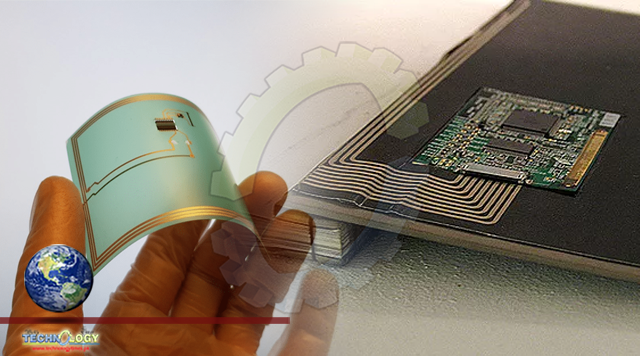One of the obvious benefits, if it can be so said, with bitBook is that it has the look and feel of a real book. That includes even the smell of a real paper book as well.

By Sovan Mandal
We have the paper books and then e-books. Now, maybe it’s time to have both with what has come to be known as the digital book hybrid. The product has been the result of the bitBook project with the technology conceived and developed by the Greek start-up AmphiLab.
Not surprisingly, AmphiLab is headed by Manolis Kelaidis who is an aeronautical and mechanical engineer as well as an industrial designer by profession.
One of the obvious benefits, if it can be so said, with bitBook is that it has the look and feel of a real book. That includes even the smell of a real paper book as well. That said, there is none of the cables, plastic, or electronic components visible to the eye. That way, users will have almost the same feel as reading a real book, with all the electronics concealed underneath.
All that the reader is going to see are links printed on the pages using conductive ink. These, in turn, are connected to other suitable devices in the vicinity such as a display or a screen using low profile wireless electronic module.
Such a setup also means the humble paper books now becoming part of the Internet of Things ecosystem that is believed to take over our homes and offices in the future.
This also makes the entire thing extremely simple and intuitive, with those not so tech-savvy also finding it easy to read and ‘operate’ the new analog and digital hybrid books.
What is also interesting is that there is further scope for the development of the bitBook over what it is in its present form. For the entire thing can be made autonomous so that it is able to function entirely on its own, without the need for an external display or speaker.
For that, it might be fitted with memory chips to include all digital data while also having an integrated speaker or a display of its own. That way, the bitBook can both be a real book as well as an e-reader at the same time.
Such bitBook are seen to be of great use as a music book or as children’s educational book as well as those for entertainment. In fact, the possibilities can be endless as such hybrid books can also serve as a great learning tool for those with disabilities such as dyslexia or autism spectrum.
Now, to get to the bigger picture, bitBook happens to be the result of a competition organized by INNPAPER, which in turn, is the European Research and innovation project promoted by the European Union.
INNPAPER called for new ideas and technology to build upon the printed paper. For that, the project envisages working on the cellulose nanofibers that goes into the making of paper. This allows for the development of paper customized to come integrated with electronic bits such as circuits, antennas, batteries, and even a display.
However, apart from hybrid books such as the bitBook, the technology can also be applied in several other sectors as well. As of now, three use cases have been identified, which include smart labels to be used by the packaging industry.
Then, there are the bedside diagnostic tests to be used in the medical sector as well as drug and caffeine detectors that the security and food industries can use.
As for the choice of paper and ink over conventional electronics, this has in fact been a conscious decision to help promote the use of eco-friendly renewable material over other plastic or electronic components that has been contributing to e-waste over the years.
INNPAPER is hoping to tackle the raging e-waste problem currently plaguing the world environment with more sustainable stuff such as paper.
That said, no matter how exciting the entire thing might sound as of now, it isn’t exactly clear when the first hybrid books are likely to reach consumers. Or if the technology is mature enough to allow for mass production in the first place.
Originally published at Good e reader